Olivier Polge: a conversation with Chanel's master of scent
The man behind some of Chanel’s most iconic scents lifts the stopper on what makes a CC bottle so irresistible
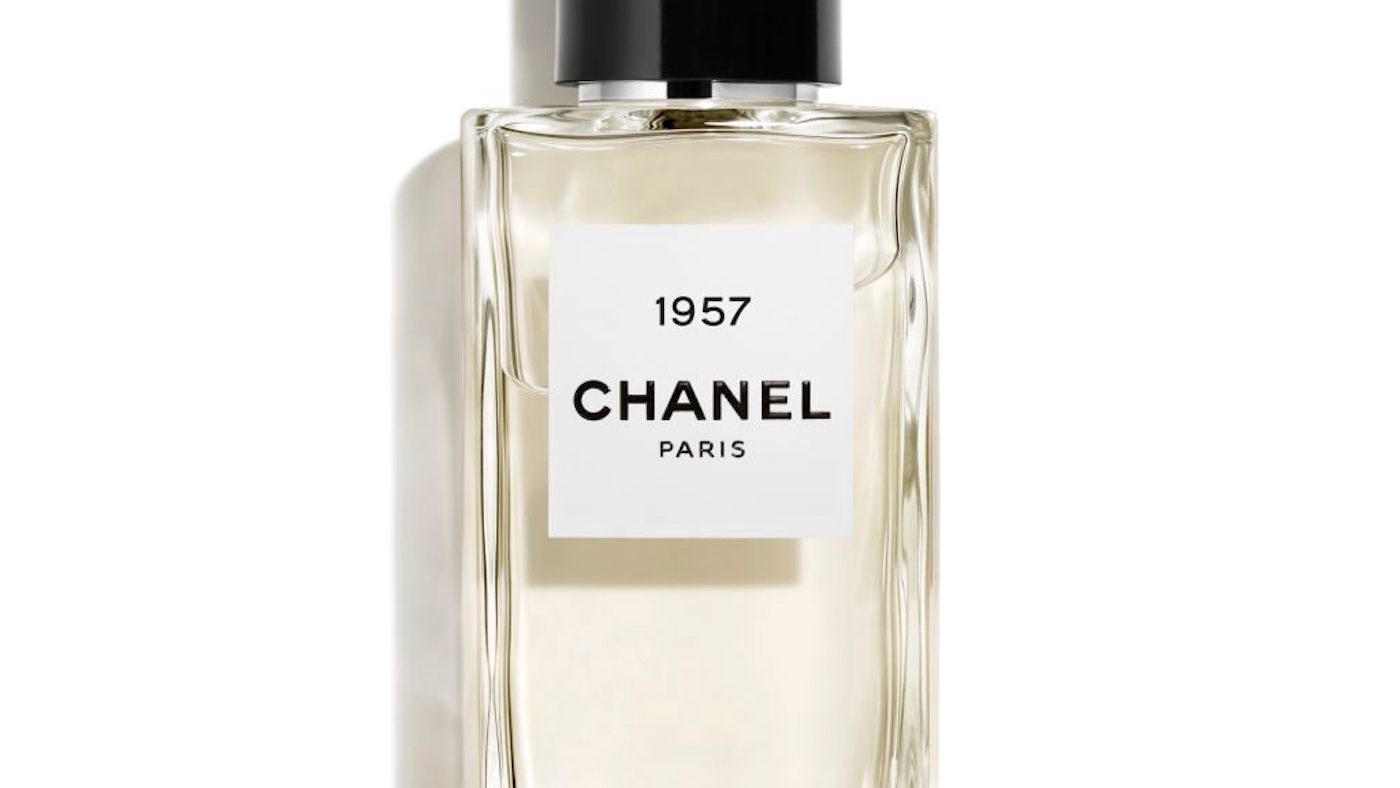
For french master perfumer Olivier Polge, a finely attuned sense of smell proved to be an unexpected inheritance from his father. He discovered it quite by accident: during a long summer break in his history of art course at Paris’ École du Louvre, Polge joined Chanel’s Fragrance Laboratory as an intern, where he worked for his father Jacques. “I was at the back of the lab, in front of the scales,” he says, remembering days spent carefully measuring sandalwood oil and other raw materials. “I really liked it.”
Jacques Polge was appointed as Chanel’s head perfumer in 1978; he followed ‘noses’ Henri Robert (Chanel N°19) and Ernest Beaux, who debuted the emblematic N°5 scent alongside Gabrielle ‘Coco’ Chanel in 1921. During his tenure, Polge Sr added numerous best-selling creations to Chanel’s canon, from the Coco (1984), Allure (1996) and Chance (2003) families, to the leather and spice of Antaeus (1981). “I remember when I was 10 and he came up with Coco,” says Polge, now 45. “I remember the small bottles at home. Chanel was always there.”
The month-long internship piqued Polge’s interest; to learn the metier from scratch, his father enrolled him at Charabot in Grasse in the South of France – the oldest commercially operating perfume company to this day. Following three years of in-depth training, Polge joined Manhattan-based corporation IFF (International Flavors & Fragrances) in 1998. Working from New York for ve years, before leaving for Paris, he authored fragrances for brands including Viktor & Rolf, Jil Sander and Balenciaga. In 2005, Polge formulated Dior Homme, an elegant woody scent that proved genre-defining for its gentle approach to masculine fragrances. Then, in 2013, Chanel named Polge as his father’s successor, a role he officially commenced following Jacques Polge’s retirement two years later.
The Week
Escape your echo chamber. Get the facts behind the news, plus analysis from multiple perspectives.

Sign up for The Week's Free Newsletters
From our morning news briefing to a weekly Good News Newsletter, get the best of The Week delivered directly to your inbox.
From our morning news briefing to a weekly Good News Newsletter, get the best of The Week delivered directly to your inbox.
He defines his work at Chanel as striking a balance between fastidious lab time and fantasy. “I like the contradiction,” he says, before enthusiastically describing recent experiments such as distilling the scent of jasmine flowers at various times of the day. “At Chanel, we do a lot of research. It’s very hard to find new types of notes, because the industry has looked all over the world for plants for many, many years. Today, I believe in new techniques of distillation. There are plenty of new types of scents you can find.”
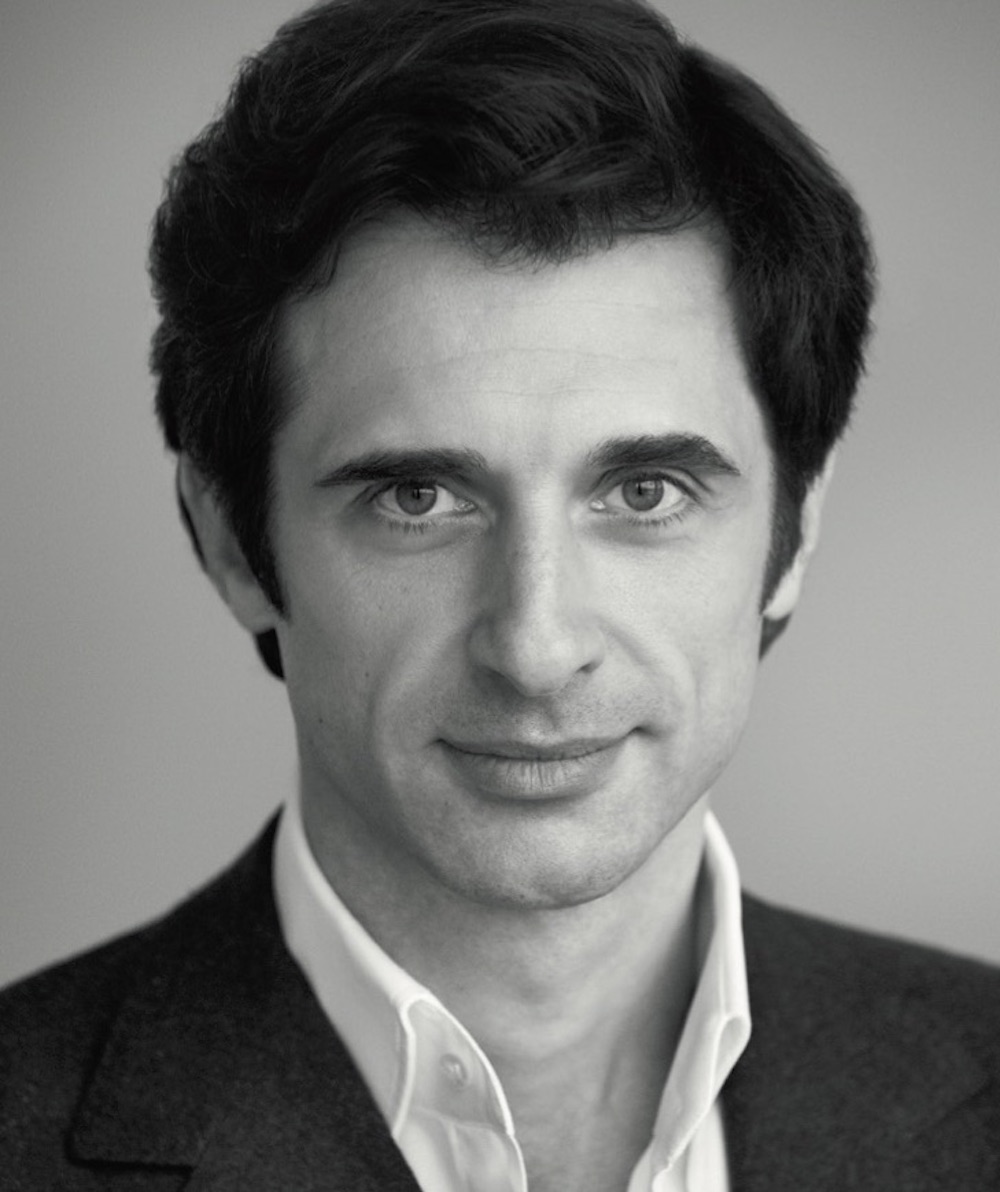
Polge’s first Chanel creations were named after two of Coco’s closest confidants: Misia (2015) remembers prolific arts patron Misia Sert with a powdery combination of violet, Tonka bean and Turkish rose notes; Boy (2016) is an olfactory ode to Mlle Chanel’s greatest love, the fast-living, Polo-playing Arthur ‘Boy’ Capel. Both scents form part of Les Exclusifs de Chanel, a luxurious collection of niche fragrances first launched by Jacques Polge in 2007.
In summer 2017, Polge followed up this duo with Gabrielle – Chanel’s first new original fragrance since Chance – which was welcomed with a star-studded party at Paris’ contemporary arts museum, Palais de Tokyo. Housed in an ultra-thin glass flacon that took five years to develop, Polge’s formula is complex and layered, based on the notes of a quartet of white-petalled flowers including jasmine, orange blossom and ylang ylang. The fourth accord, delicate tuberose, is harvested and distilled in Grasse, in partnership with the Mul family farm – local growers who first began working with Chanel in 1987, following a pioneering deal brokered by Polge Sr. “What is also very special at Chanel is that we have always created and manufactured all of our fragrances,” says Polge. “We own all our formulas. We have control from A to Z.”
So, what makes a scent Chanel? “It’s also a way of creating and conceiving a fragrance. We are always constructed; we are not [concerned with] single notes. We always speak of abstract fragrance; we are never figurative.”
A free daily email with the biggest news stories of the day – and the best features from TheWeek.com
Following this spirit of abstraction, Polge dreamt up 1957, a brand-new scent launching this season to mark the reopening of Chanel’s boutique on Manhattan’s 57th Street. Its name is a game of numbers: 19 for Coco’s birthday, 57 for the NYC address. The unisex eau de parfum also celebrates the many Stateside adventures of this most Parisian of couturières. A long-time favourite of the American press and elite, Coco made a triumphant return to the US in 1957: after crossing the Atlantic, she rode in a white Rolls-Royce to the Neiman Marcus Fortnight in Dallas to accept her Neiman Marcus Fashion Award. "In America, there has always been a strong link between clean scents and sensuality,” says Polge, describing 1957’s link to Chanel’s heritage. “My idea was to be in that direction: clean [and] sensual at the same time.”
His latest creation frames the notes of eight white musks with the powdery aroma of honey and vanilla. Spices – including pink pepper and coriander seeds – add an invigorating kick. “All the elements are little details [of] the fragrance. It’s like tiny dots in a Pointillist painting,” explains the former art-history student. “One drop pushes the rest.”
-
 Farage’s £9m windfall: will it smooth his path to power?
Farage’s £9m windfall: will it smooth his path to power?In Depth The record donation has come amidst rumours of collaboration with the Conservatives and allegations of racism in Farage's school days
-
 The issue dividing Israel: ultra-Orthodox draft dodgers
The issue dividing Israel: ultra-Orthodox draft dodgersIn the Spotlight A new bill has solidified the community’s ‘draft evasion’ stance, with this issue becoming the country’s ‘greatest internal security threat’
-
 Codeword: December 13, 2025
Codeword: December 13, 2025The daily codeword puzzle from The Week
-
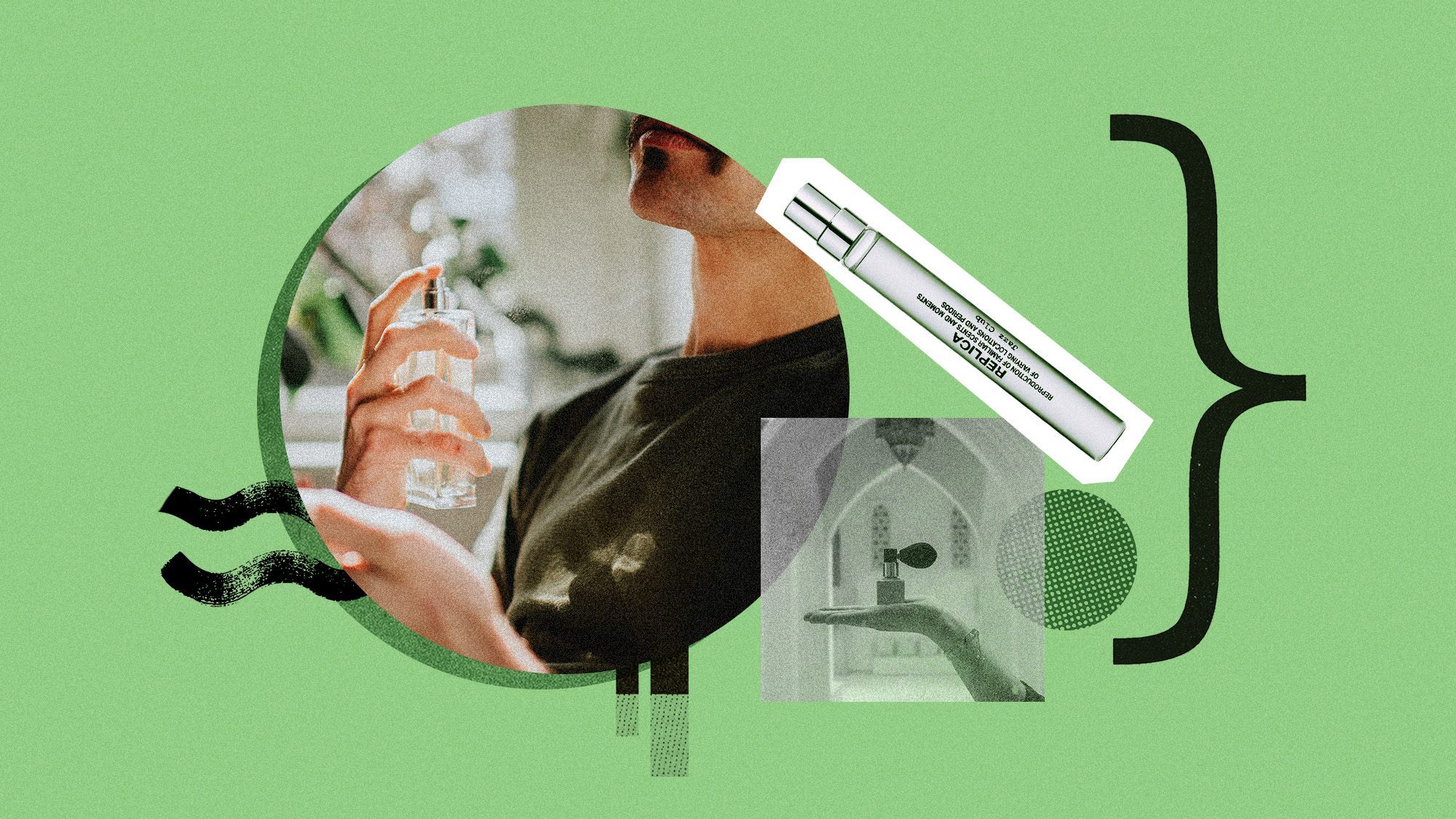 7 travel fragrances that let you smell good on the go
7 travel fragrances that let you smell good on the goThe Week Recommends Spritz away!
-
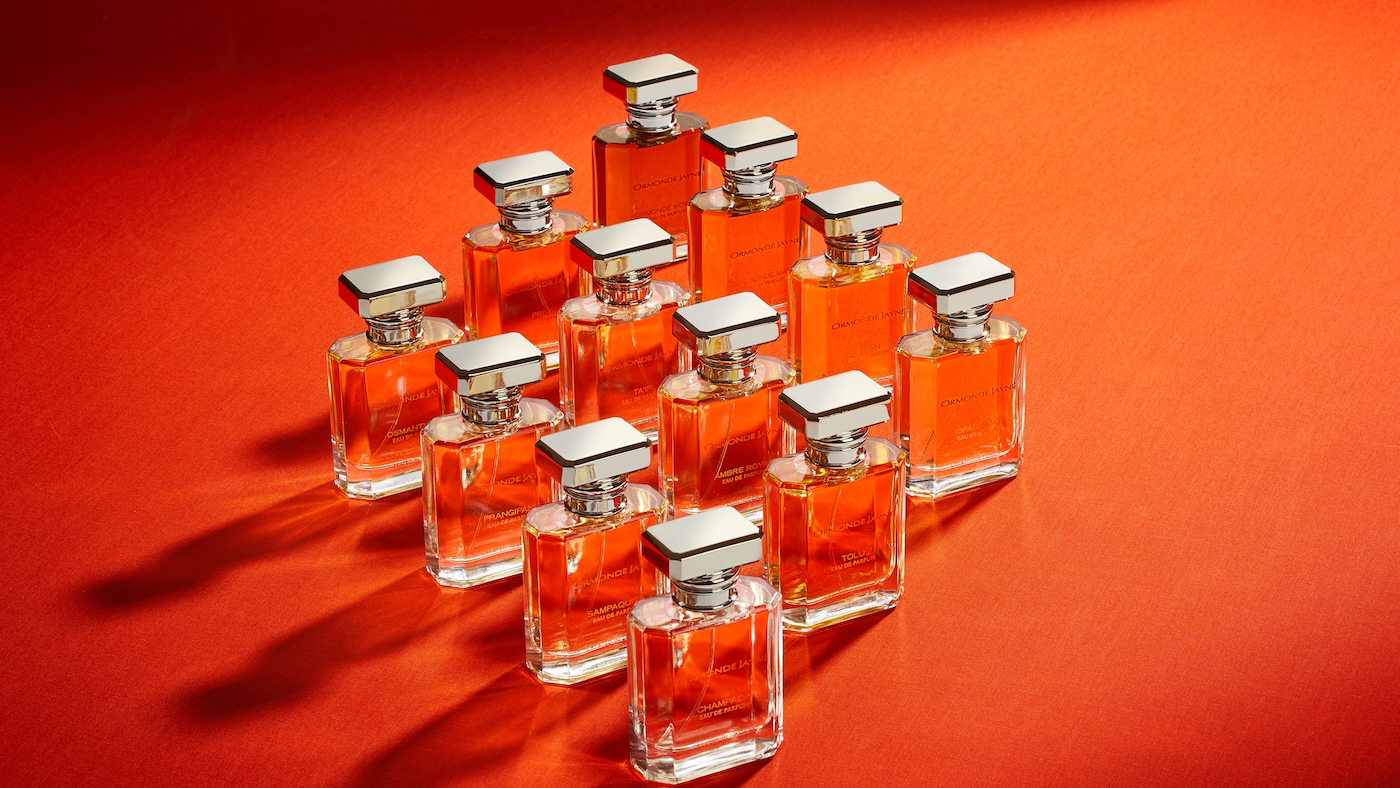 Ormonde Jayne: perfume for the well travelled
Ormonde Jayne: perfume for the well travelledfeature Luxury British perfumer Linda Pilkington on the art of making evocative scents
-
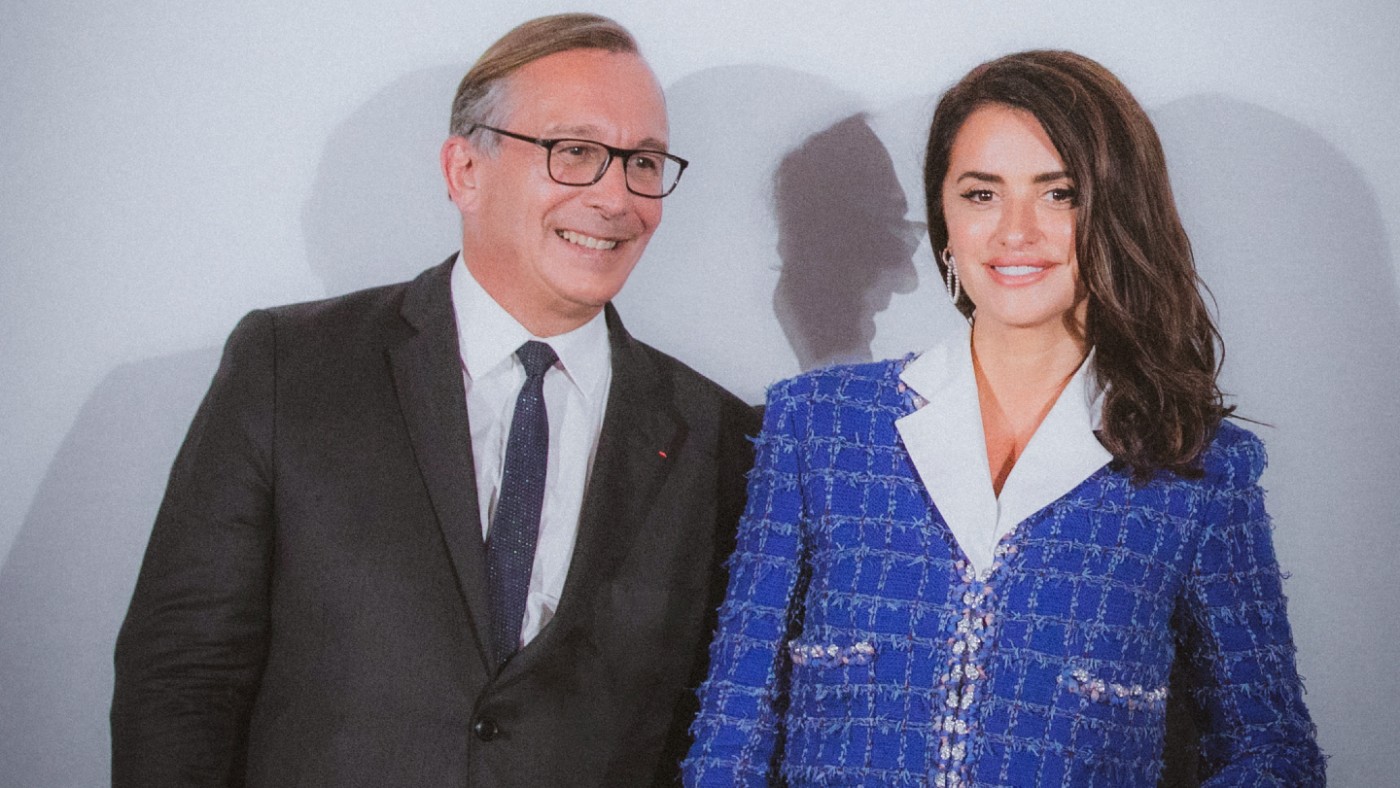 Why Penelope Cruz is an expert in Chanel, both on and off-screen
Why Penelope Cruz is an expert in Chanel, both on and off-screenUnder the Radar The award-winning actor explains her enduring relationship with the Parisian fashion house
-
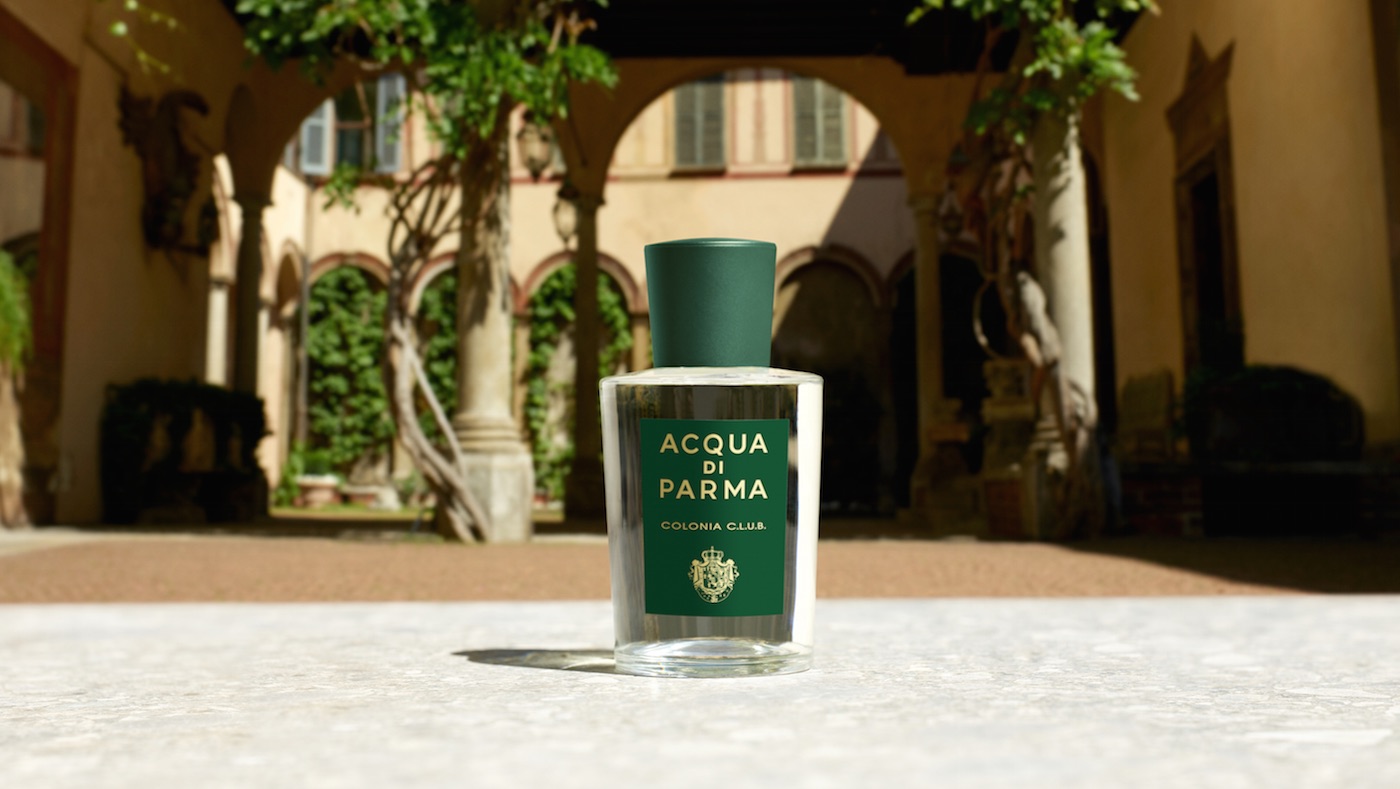 Acqua di Parma: a new perfume built on connectivity
Acqua di Parma: a new perfume built on connectivityUnder the Radar The house’s Colonia C.L.U.B. has a surprising origin
-
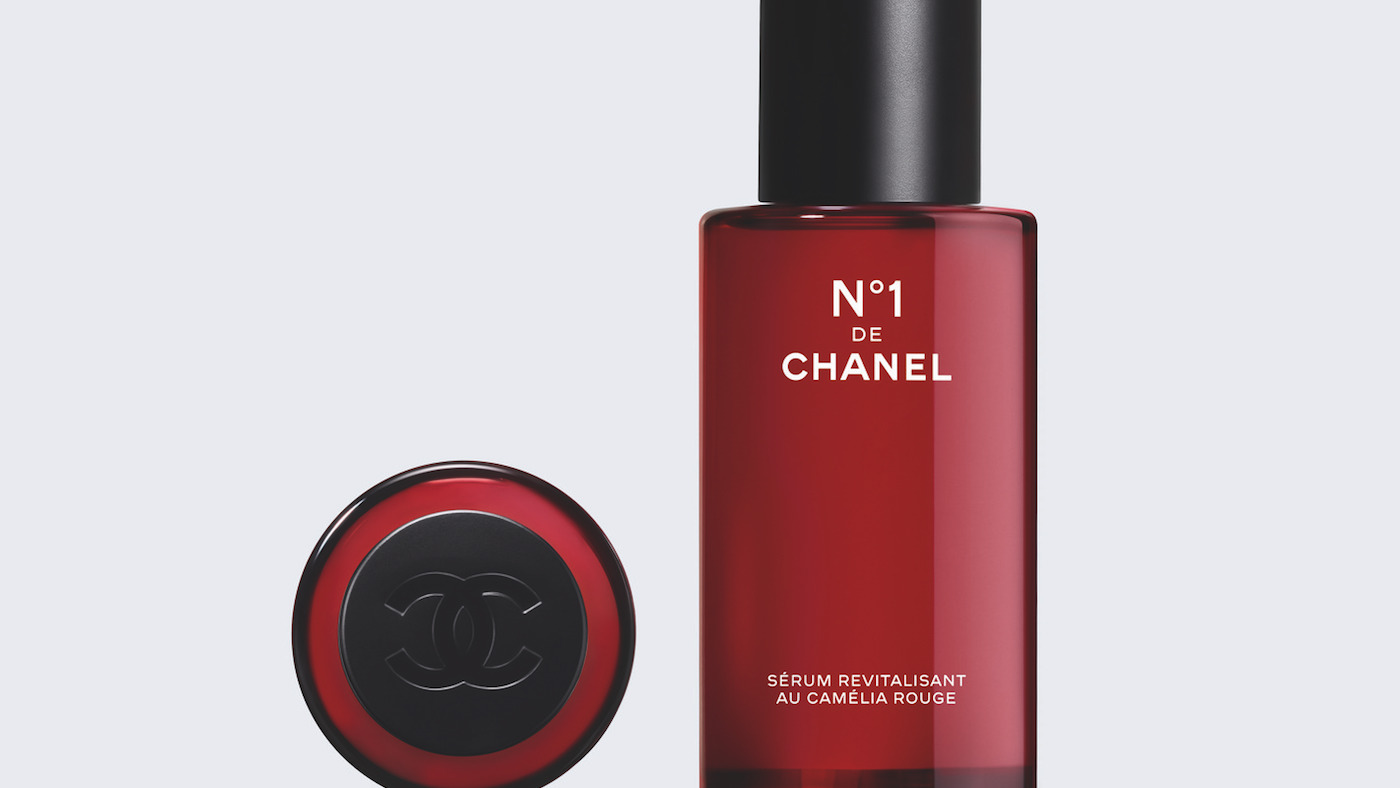 N°1 de Chanel: sustainability in heritage
N°1 de Chanel: sustainability in heritageUnder the Radar A new skincare and beauty collection by Chanel researches the camellia
-
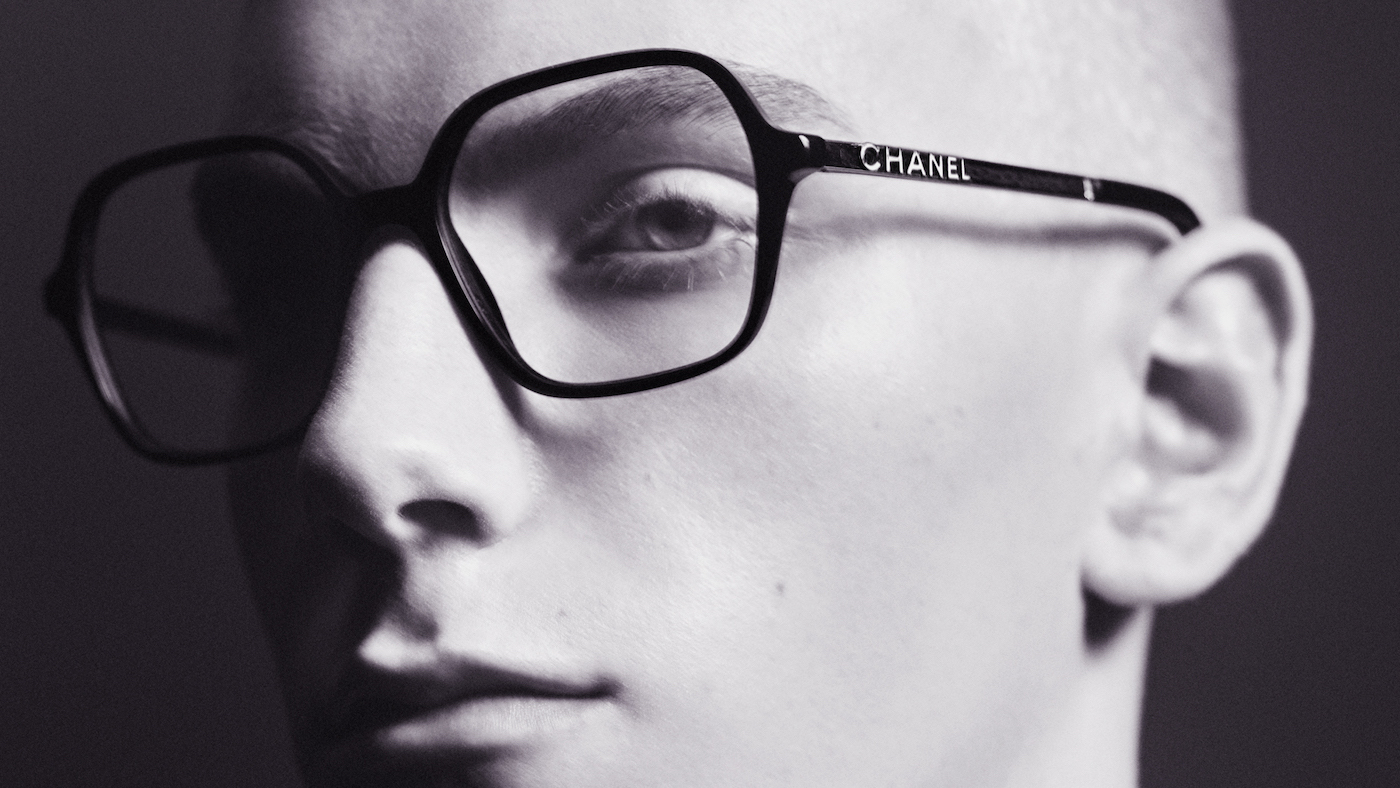 Coco vision: up close to Chanel opticals
Coco vision: up close to Chanel opticalsSpeed Read Parisian luxury house adds opticals to digital offering
-
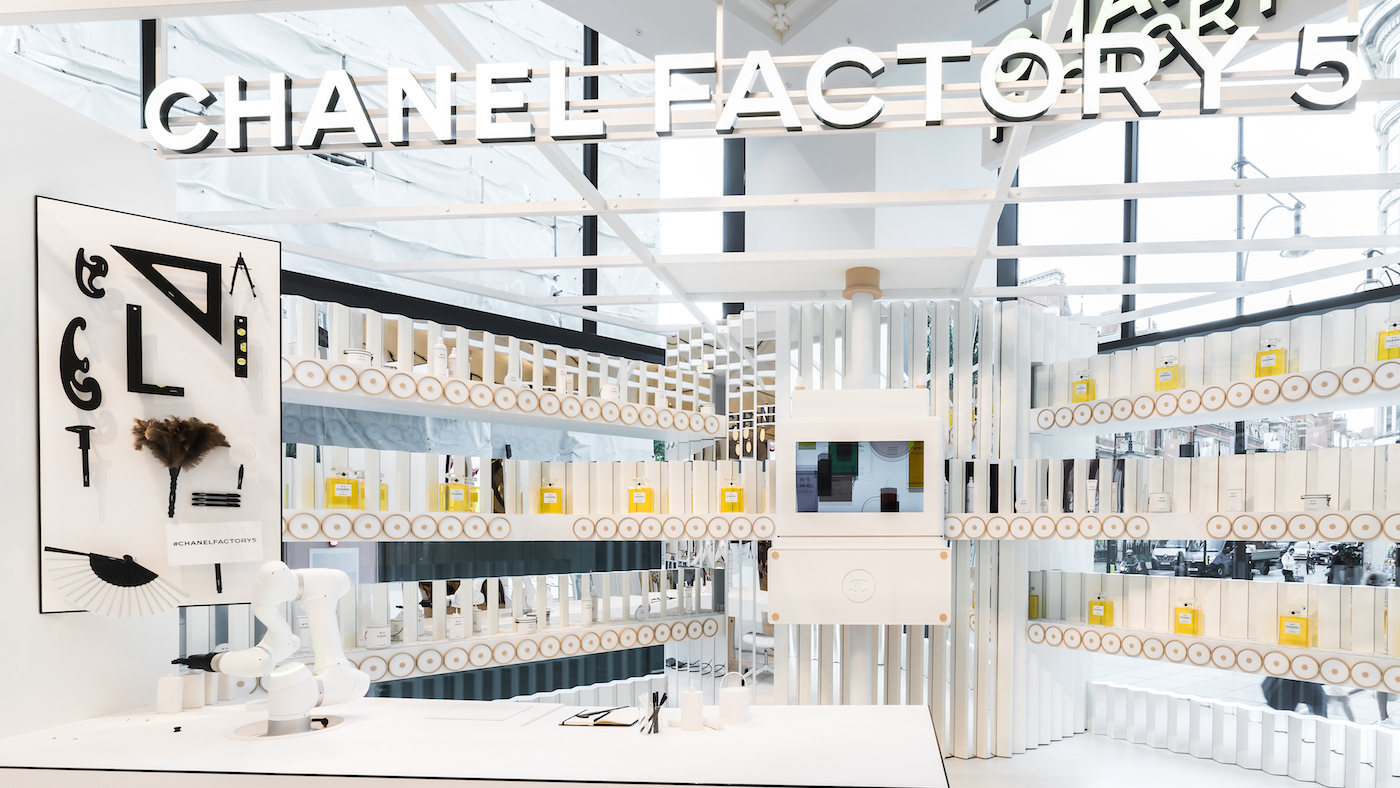 Look twice: Chanel Factory 5 opens at Selfridges London
Look twice: Chanel Factory 5 opens at Selfridges LondonUnder the Radar Factory 5 collection celebrates the fragrance’s centenary
-
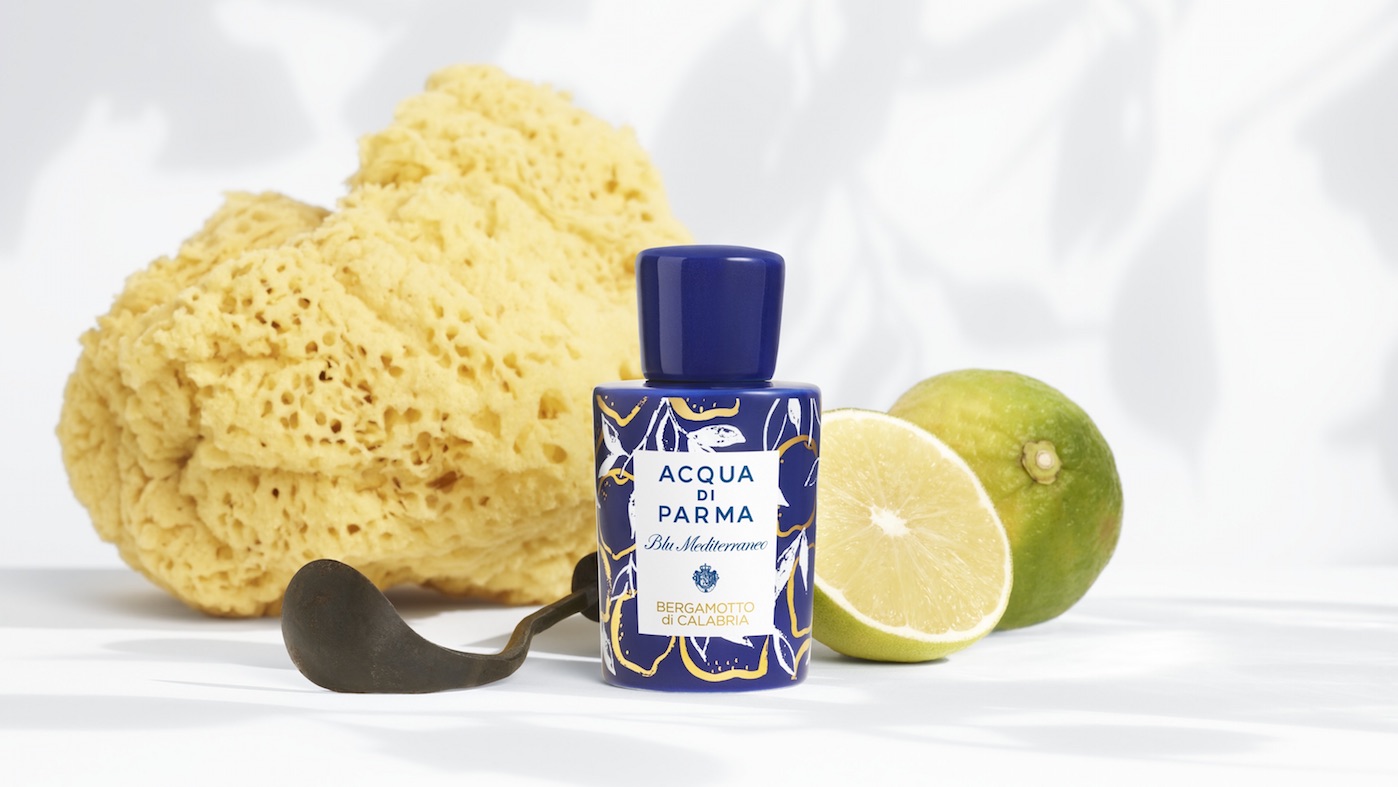 Bergamot beauty: Acqua di Parma’s new scent takes you to Calabria
Bergamot beauty: Acqua di Parma’s new scent takes you to Calabriafeature A fragrance that unlocks the irresistible essence of a magical fruit